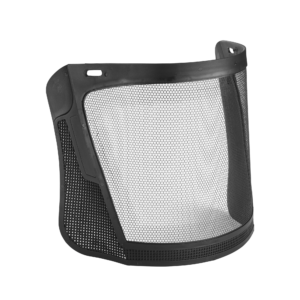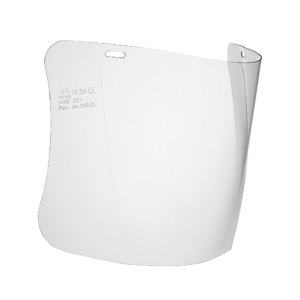In industries where working at great heights is the norm, the importance of safety cannot be overstated. One crucial aspect of ensuring worker safety is choosing the right safety harness and lanyard.
Whether you’re in construction, wind energy, tower maintenance, or even entertainment, the right safety gear can quite literally mean the difference between life and death.
In this comprehensive guide, we’ll walk you through the process of choosing a safety harness and lanyard, offering detailed advice that can help you protect yourself and your team.
Understanding the Basics of Fall Protection Equipment
Safety harnesses and lanyards make up a significant part of fall arrest systems, designed to protect workers from fall hazards. The safety harness provides a point of attachment for a fall arrest system, distributing fall forces over the body, while the lanyard connects the harness to an anchorage point.
Choosing the Right Safety Harness
When choosing a safety harness, consider these factors
- Fit and adjustability: Comfort and fit are crucial. A good safety harness should be adjustable to fit a variety of body types. Look for features such as adjustable leg, waist, and shoulder straps.
- Weight capacity: Harnesses come with specified weight limits, which include the worker’s weight and the weight of any tools or equipment they’re carrying. Ensure the harness you choose can accommodate your needs.
- Attachment points: Depending on the type of work, different attachment points (D-rings) may be required. These points can be located on the back (for fall arrest), side (for work positioning), or front (for ladder climbing or rescue).
- Certifications and standards: The harness should meet the relevant safety standards such as ANSI in the United States, CSA in Canada, and EN in Europe.
Choosing the Right Lanyard
- Length: Choose a lanyard length that offers freedom of movement without allowing a fall of dangerous height. The longer the lanyard, the longer the potential fall distance.
- Material: Lanyards can be made from webbing, cable, or rope, each with different properties. The choice will depend on your work environment and potential hazards.
- Shock-absorbing features: Look for lanyards with built-in shock absorbers. They are designed to reduce the impact force of a fall.
- Connection hardware: Make sure the lanyard’s snap hooks or carabiners are compatible with your harness and anchor point. They should be easy to connect and disconnect but secure when loaded.
Proper Inspection and Maintenance
Lastly, even the highest quality safety harness and lanyard will fail without proper care. Regular inspection for wear and tear, damage, or any abnormalities is essential. If any part of the system is not in good condition, it must be retired and replaced.
Conclusion
The right safety harness and lanyard aren’t just equipment—they’re your lifelines when working at height. With the knowledge from this guide, we hope you’ll be better equipped to make the right choice for your safety.
Remember, working safely isn’t just about following regulations. It’s about coming home at the end of the day. So, choose wisely, stay educated, and always prioritize safety.



